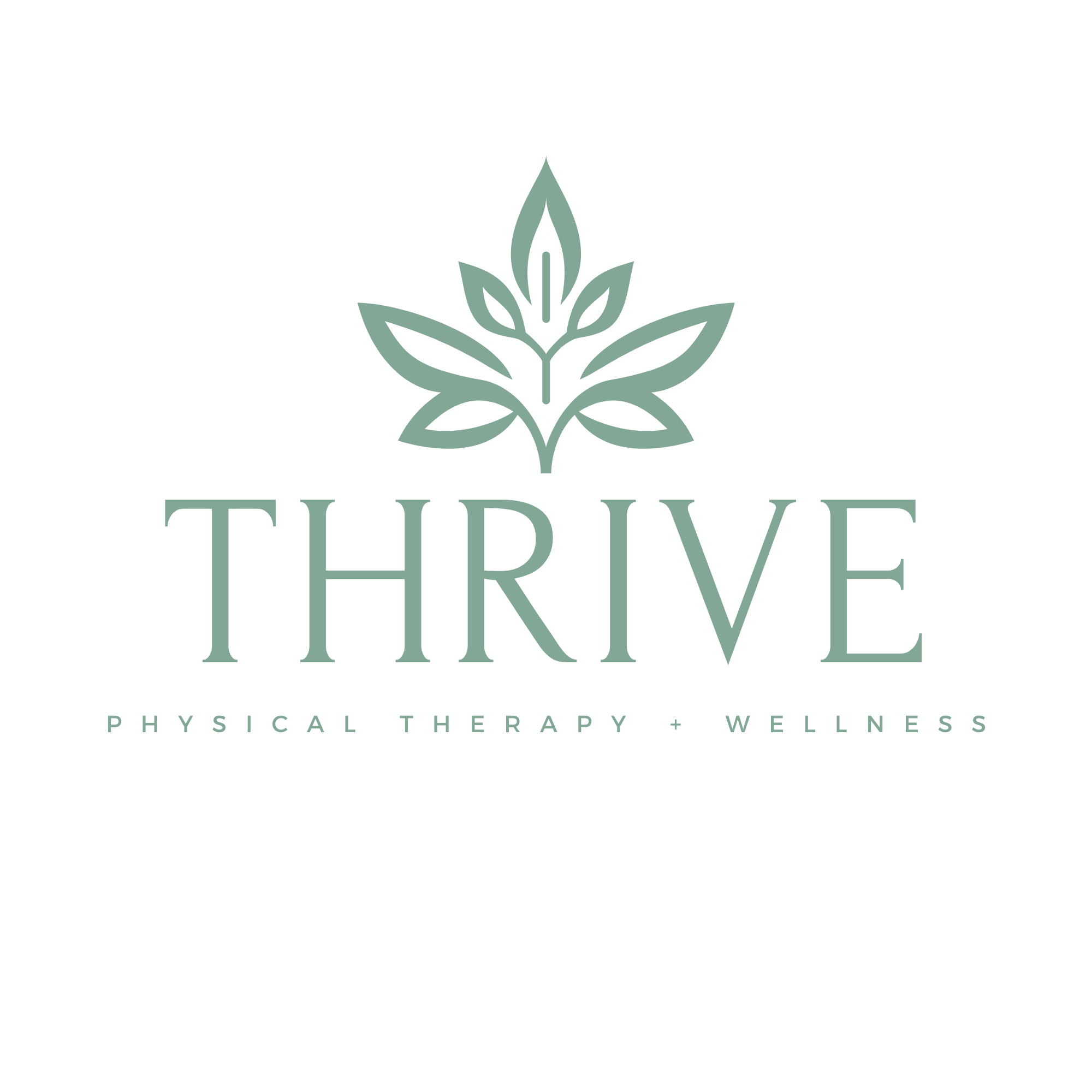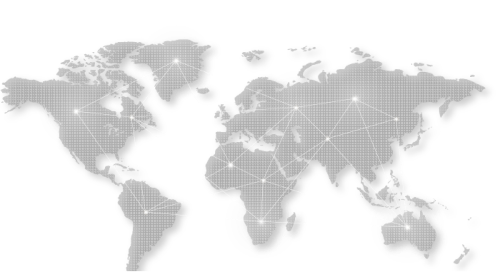
Living with chronic pain is like carrying a quiet weight that never quite lets up. It’s there when you wake up, lingers through your morning coffee, and even shadows your attempts at sleep. Whether it stems from an old injury, arthritis, nerve damage, or an unknown cause, chronic pain doesn’t just wear on the body — it chips away at the mind. If you’ve been trying to figure out whether medication or physical therapy is the right way to ease that burden, you’re not alone. Let’s unravel this conversation and bring some clarity, especially through the lens of Thrive Physical Therapy — a space where healing isn’t rushed, and treatment is crafted to meet you where you are.
Understanding the Landscape of Chronic Pain
First, let’s acknowledge the elephant in the room: chronic pain is complex. It isn’t just a matter of tissue damage or inflammation. It’s a web of biological, psychological, and even social factors all playing into how we experience pain. Some people hurt from degenerative conditions like osteoarthritis; others may be recovering from surgery, an accident, or repetitive strain. Then there are those puzzling cases where the pain persists without an obvious cause.
The body adapts — sometimes too well. It remembers pain and stores it, and this can lead to a hyper-sensitive nervous system that keeps sending warning signals long after the actual danger is gone. That’s why treating chronic pain isn’t about “fixing” one thing — it’s about resetting the whole system, teaching the brain and body how to move and feel differently again.
The Allure and Limitations of Medication
It’s easy to see why medication is often the first go-to. Pop a pill, feel some relief. For many, medications like NSAIDs (non-steroidal anti-inflammatory drugs), muscle relaxants, antidepressants, and opioids provide a necessary break from the unrelenting ache. Sometimes, medications can be life-changing — offering enough reprieve to get through work, attend family events, or sleep soundly for once.
But that’s where things can get tricky. These pills, while effective short-term, often don’t address the root of the issue. They mask it. And in the case of opioids, there’s a heavy risk of dependence and diminished returns over time. The body builds tolerance. What worked last month might not do the trick today. Plus, side effects can pile up: gastrointestinal issues, fatigue, foggy thinking, and even withdrawal symptoms if you try to quit. Medications might quiet the pain, but they don’t always help you reclaim function or mobility.
Where Physical Therapy Steps In
Now, here’s where the story turns toward possibility. Physical therapy isn’t a magic wand — let’s be honest — but it’s one of the most empowering, sustainable ways to manage chronic pain. Instead of numbing your body, it teaches it how to move smarter. It strengthens. It stretches. It recalibrates. And most importantly, it involves you — not just as a patient, but as an active participant in your healing.
At places like Thrive Physical Therapy, this process is anything but cookie-cutter. Therapists look beyond the pain and try to understand how your body wants to move. Maybe your back pain isn’t just from weak muscles, but from years of sitting in a way that puts pressure on the spine. Maybe that neck tension stems from poor posture mixed with emotional stress. A thoughtful, detailed evaluation is the first step, and it opens the door to a plan that fits your body, your lifestyle, and your goals.
The Science Behind the Therapy
Let’s talk a bit about what actually happens in physical therapy. First, there’s manual therapy — skilled, hands-on techniques that mobilize joints, improve circulation, and ease tension in soft tissues. Think of it as coaxing the body back into alignment, rather than forcing it. Then there are therapeutic exercises — movements carefully chosen to retrain muscles, improve stability, and build endurance. These aren’t just arbitrary stretches or lifts. They’re progressions designed to help your body rediscover its potential.
Neuromuscular re-education is another vital piece. Chronic pain changes the way your brain communicates with your muscles. You may have stopped using certain muscles altogether, relying on compensation patterns that increase strain. Through targeted movements and cueing, physical therapy helps rewire those faulty patterns. It teaches your body how to function without bracing, limping, or guarding.
At Thrive, the approach is especially focused on education — not just for the body, but for the mind. Understanding why you hurt can actually lessen the intensity of the pain. When you learn that your pain isn’t a sign of further damage, but rather a sensitive nervous system, something powerful happens: fear starts to fade. And with less fear comes more freedom to move.
Emotional and Mental Relief Through Movement
One often-overlooked benefit of physical therapy is the mental shift that comes with it. Chronic pain is exhausting emotionally — it can cause anxiety, depression, and a loss of identity. Physical therapy offers more than just physical relief. It gives you back a sense of control. Instead of relying on something external like a pill, you become your own source of recovery.
There’s also something grounding about consistent movement, especially when guided by a knowledgeable therapist. The trust built during sessions, the encouragement to take baby steps toward pain-free movement — it builds resilience. It rebuilds hope. At Thrive, therapists don’t just treat your pain, they help you build confidence in your body again, even if it’s been years since you last felt strong.
Real Stories, Real Changes
Ask around and you’ll find story after story of people who turned their pain around — not overnight, but step by step — through physical therapy. A middle-aged runner sidelined by sciatica learns how to activate her glutes and retrain her gait. A retired teacher with arthritic knees starts walking farther each week after building strength and learning joint-friendly techniques. A construction worker with years of shoulder pain finally finds relief after correcting his lifting mechanics and adding core stability work.
These aren’t miracles. They’re the result of personalized, attentive care. And that’s the difference when you go to a place like Thrive Physical Therapy. It’s not about ticking boxes or just getting you in and out the door. It’s about building a plan with you, around your real life.

Medication and Therapy: Can They Coexist?
Let’s be clear — physical therapy and medication don’t have to be rivals. For many people, especially those in intense or debilitating pain, a combination approach works best. Medications can make it possible to engage more fully in therapy sessions. They can provide that initial breathing room while you begin retraining your body. But the goal should never be long-term dependence. The goal is empowerment.
What physical therapy offers — and what medication often lacks — is a path toward long-term self-management. It helps reduce reliance. Over time, patients often find they can decrease their dosage or come off medication altogether, with guidance from their medical provider. That’s a win, not just for your health, but for your overall well-being.
The Long-Term Perspective
There’s something very hopeful about physical therapy that medication often can’t replicate. Pills can quiet the pain, yes, but they can’t teach your body how to thrive again. They can’t strengthen muscles, improve range of motion, or help you lift your grandkids without fear. Physical therapy takes more effort, no doubt. It requires consistency, commitment, and trust. But it offers something far more valuable in return — a chance to feel at home in your own body again.
The work you do in therapy pays off in ways that ripple through every area of life. Better movement means more energy. Less pain means better sleep. More confidence means doing things you’d avoided for years. It’s not just about living with less pain — it’s about living more fully.
Suggested Reading: How Long Does Hand and Wrist Therapy Take for Full Recovery?
Why Thrive Physical Therapy Makes the Difference
In a sea of clinics that treat you like a number, Thrive Physical Therapy stands apart by treating you like a whole person. Their approach to chronic pain is rooted in deep listening, personalized care, and a commitment to helping you get your life back. They don’t just focus on your diagnosis; they focus on you — your history, your habits, your goals, your fears.
Thrive doesn’t believe in one-size-fits-all programs or rushed appointments. Every session is designed to meet you where you are, challenge you appropriately, and move you forward. They use evidence-based techniques, yes — but they also bring heart, patience, and a genuine passion for helping people heal.
If you’ve been living in the shadow of chronic pain and wondering if there’s another way, you owe it to yourself to try something different. Medication might offer temporary relief, but physical therapy — especially the kind you’ll find at Thrive — offers the chance to rewrite your story. You’re not stuck. You’re not broken. And you certainly don’t have to face it alone.
Explore more about how Thrive Physical Therapy can help you take the next step toward relief, resilience, and recovery by visiting https://thriveptclinic.com/. Your body has the power to heal — and Thrive is ready to guide you there.

